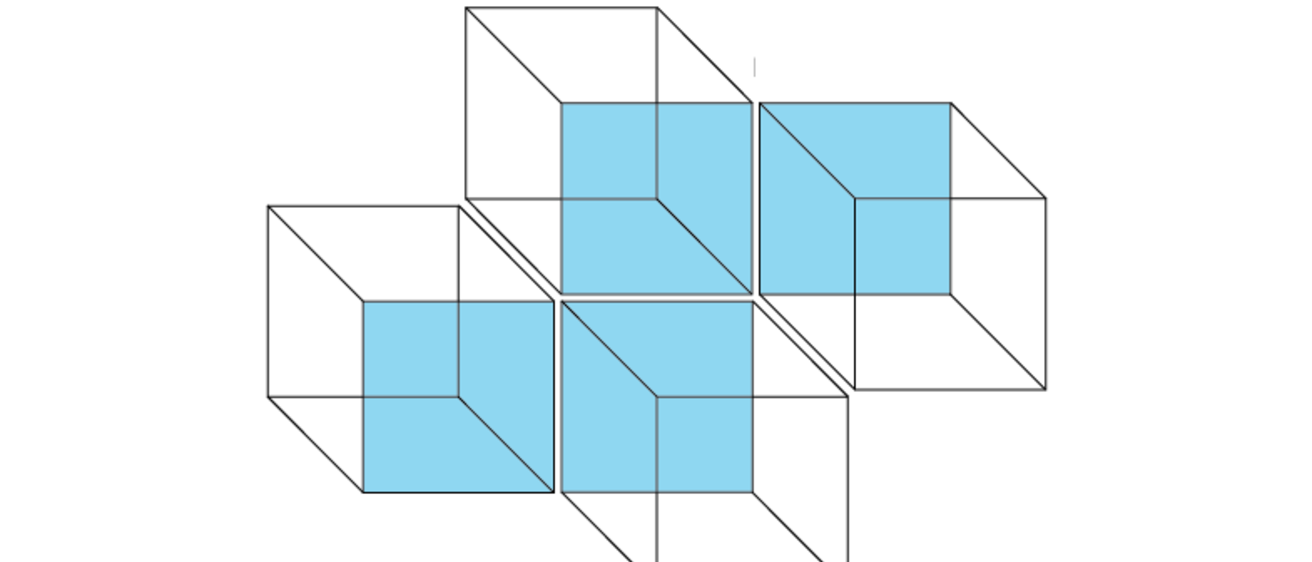About the Iowa Attention and Perception Lab
About the Iowa Attention and Perception Lab
We study visual perception and attention with a focus on mid-level visual processes. Early sensory processes encode retinal images which are simply 2D patterns of light at the back of the eye. Mid-level processes on the other hand make sense of the encoded images in terms of what 3D objects and surfaces in the world could have produced it.



Which regions in these example images correspond to figure and which to background? What are the relative depths and shapes of the different surfaces that you see? What are their material-properties like transparency versus opacity? No answer to any of these questions has a direct counterpart in the pattern of light that defines the image; they must be inferred and there is always more than one possible solution (e.g., figure-ground ambiguity). That is the domain of mid-level processes.
Our lab studies these processes and how they interact with other cognitive processes such as attention and memory, using psychophysical (i.e., behavioral) methods. These include response time and accuracy of perceptual judgments, eye tracking, and virtual reality. We address a range of questions within this broad scope (see publications), and our work extends into several applied domains such as perceptual and attentional failures that occur in real-world tasks including lifeguard surveillance and medical-image reading, and functional consequences that are specific to mid-level perception following sensory loss due to disease like macular degeneration.
The lab is closely affiliated with Andrew Hollingworth's lab. We have several shared projects and students, and we have a common laboratory space in the Psychological and Brain Sciences Building.
